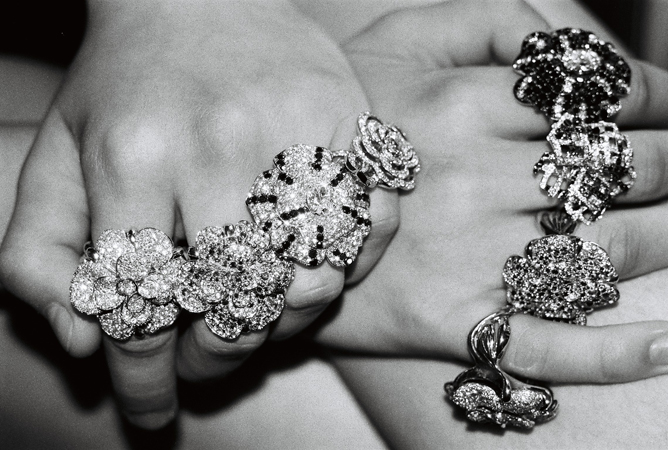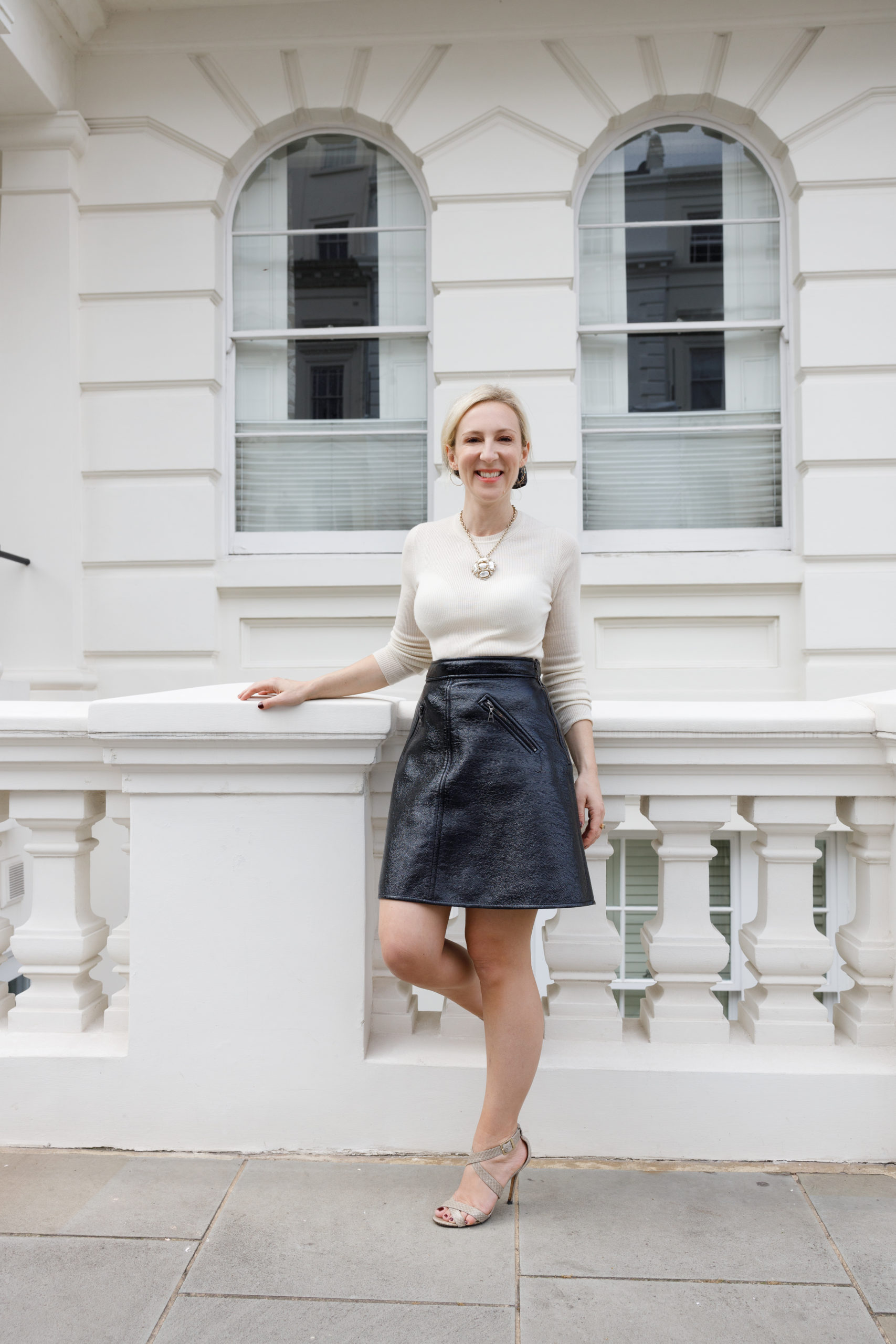Surreal sights and the most beautiful woman in the world – Fornasetti’s Don Giovanni charms in unsuspecting ways
text: Philip Warkander
The façade of the Teatro della Pergola in Florence is unremarkable, bordering on bland, and the theatre itself is situated on a narrow street in an unassuming neighbourhood. But, once inside, the entrance is already the complete opposite of the exterior – an opulent dream of white marble columns and antique crystal chandeliers. For a few nights in January, during the menswear fashion fair Pitti Uomo, Fornasetti used the theatre as the venue for their particular version of Mozart’s opera Don Giovanni. The set design was created by Fornasetti while the costumes, designed by Romeo Gigli, reflected a selection of iconic Fornasetti prints, now to be seen in three-dimensional and textile versions.

photography: Arianna Sanesi
After the performance, the entire marble lobby was turned into a dance floor. The DJ, well into his sixties, played an unexpectedly contemporary set, while the Florentine crowd demonstrated remarkably few inhibitions. The event was a breath of fresh air during a fashion fair organized with the main ambition to make more money by selling garments no one really needs or even wants. Seeing the hybrid opera – Fornasetti merging with Gigli in the context of Mozart – gave me renewed hope for the future. What if fashion could become more surreal, abstract and not always be possible to purchase and put in a closet? What if fashion could also be an aria sung in front a computer-generated screen, with images that not only reflect the narrative but also helps it move forward?

Set Design: U.Fornasetti from Don Giovanni
Parenthetically, the most famous Fornasetti-pattern is based on an illustration of actress Lina Cavaleri, who died in Florence during a WWII-bomb raid. Piero Fornasetti was obsessed with her looks; during her lifetime she known as the most beautiful woman in the world. To now see her face multiplied by a hundred and lit up on a stage in the very town she died in was a peculiar but by no means unwelcome experience.

photography: Ray Tarantino
A few hours into the next day, the party slowly came to an end. The morning after, when I by chance walked past the theatre in daylight, all traces of the party had vanished – a subtle reminder that all things in life, regardless if they bring joy or sadness, are ephemeral. I remembered the final words of a poem by Robert Frost: “So dawn goes down to day. Nothing gold can stay.” Fashion, and all the many random events associated with it, is defined by its transient character and constant need for change. In this way, it symbolizes the fleeting magic of our existence, often underlined with a bit of humour and absurdity.
http://www.teatrodellapergola.com/




